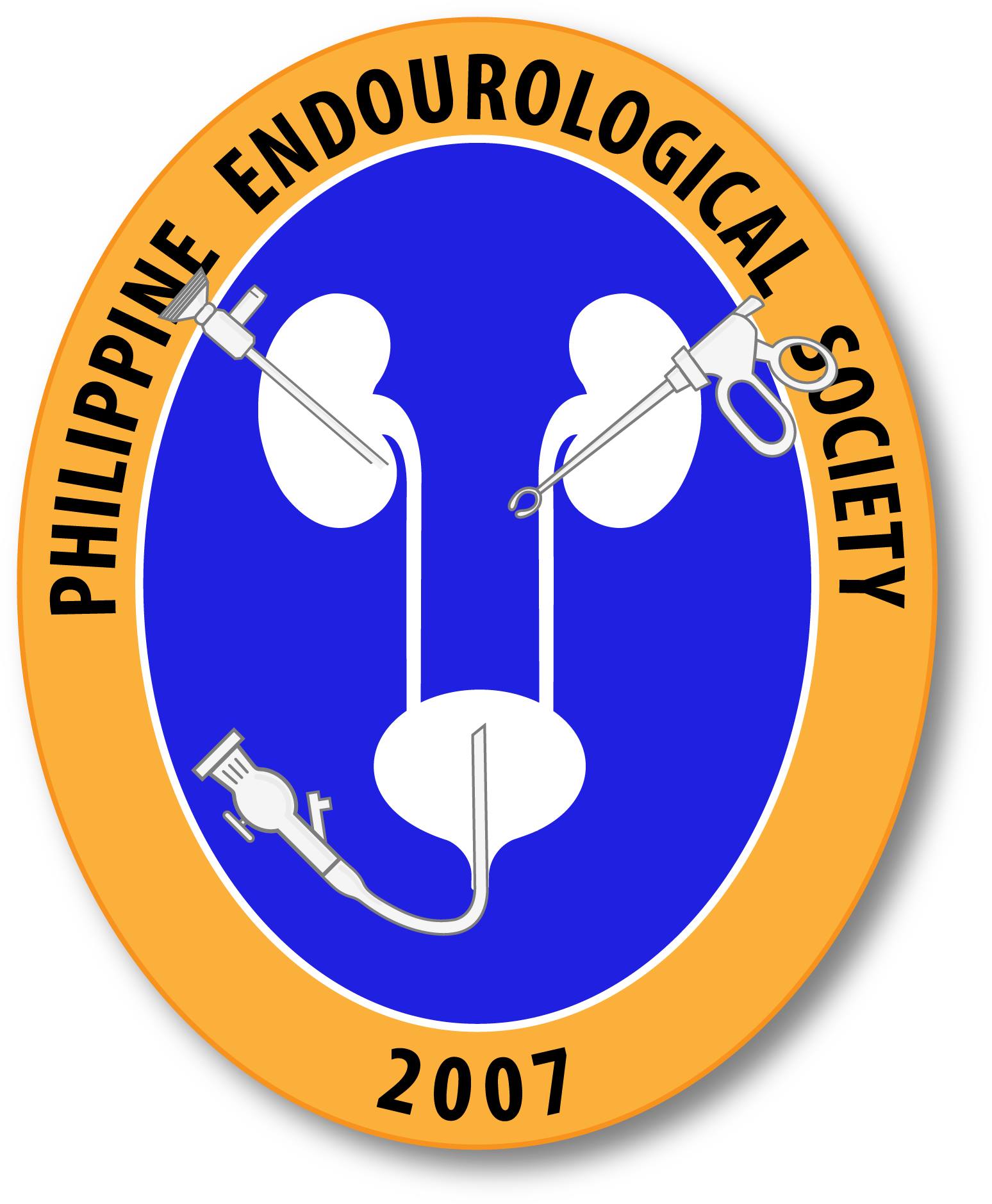A significantly increased level of the reactive oxygen species (ROS) scavenger glutathione (GSH) has been identified as a hallmark of renal cell carcinoma (RCC). The proposed mechanism for increased GSH levels is to counteract damaging ROS to sustain the viability and growth of the malignancy. Here, we review the current knowledge about the three main RCC subtypes, namely clear cell RCC (ccRCC), papillary RCC (pRCC), and chromophobe RCC (chRCC), at the genetic, transcript, protein, and metabolite level and highlight their mutual influence on GSH metabolism. A further discussion addresses the question of how the manipulation of GSH levels can be exploited as a potential treatment strategy for RCC.
International journal of molecular sciences. 2019 Jul 26*** epublish ***
Yi Xiao, David Meierhofer
Max Planck Institute for Molecular Genetics, Ihnestraße 63-73, 14195 Berlin, Germany., Max Planck Institute for Molecular Genetics, Ihnestraße 63-73, 14195 Berlin, Germany. .
